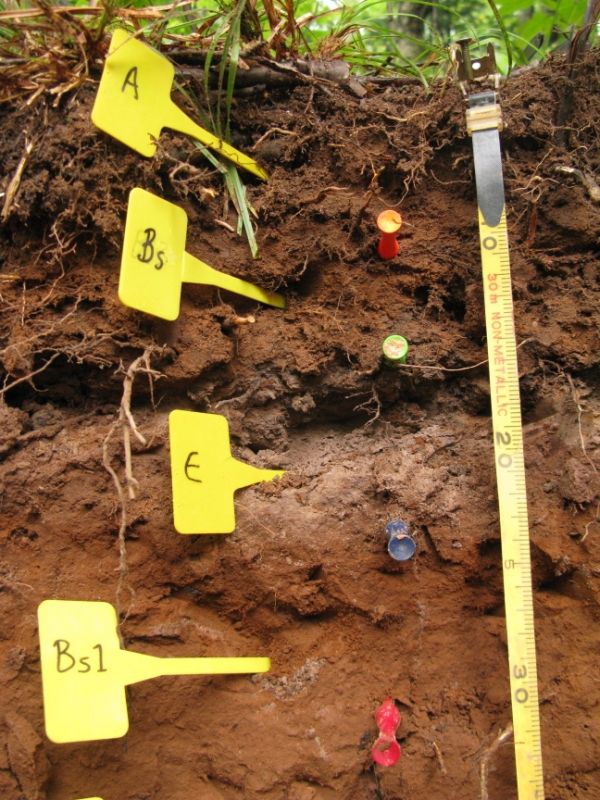A new way of analyzing the chemical composition of soil organic matter will help scientists predict how soils store carbon — and how soil carbon may affect climate in the future, says a Baylor University researcher.
A study by scientists from Iowa State University and Baylor University, published in the academic journal Nature Geoscience, used an archive of data on soils from a wide range of environments across North America — including tundra, tropical rainforests, deserts and prairies — to find patterns to better understand the formation of soil organic matter, which is mostly composed of residues left by dead plants and microorganisms.
Researchers analyzed samples of 42 soils from archives of the National Ecological Observatory Network and samples taken from additional sites, representing all of the major soil types on the continent.
The soils were analyzed by William C. Hockaday, Ph.D., associate professor of geosciences at Baylor University, and visiting scientist Chenglong Ye, a postdoctoral scientist at Nanjing Agricultural University, in the Molecular Biogeochemistry Lab at Baylor. They used a technique called nuclear magnetic resonance spectroscopy, which allowed them to analyze the chemical structure and composition of natural organic molecules in the soil.
Continue reading at Baylor University.
Image via National Ecological Observatory Network.


